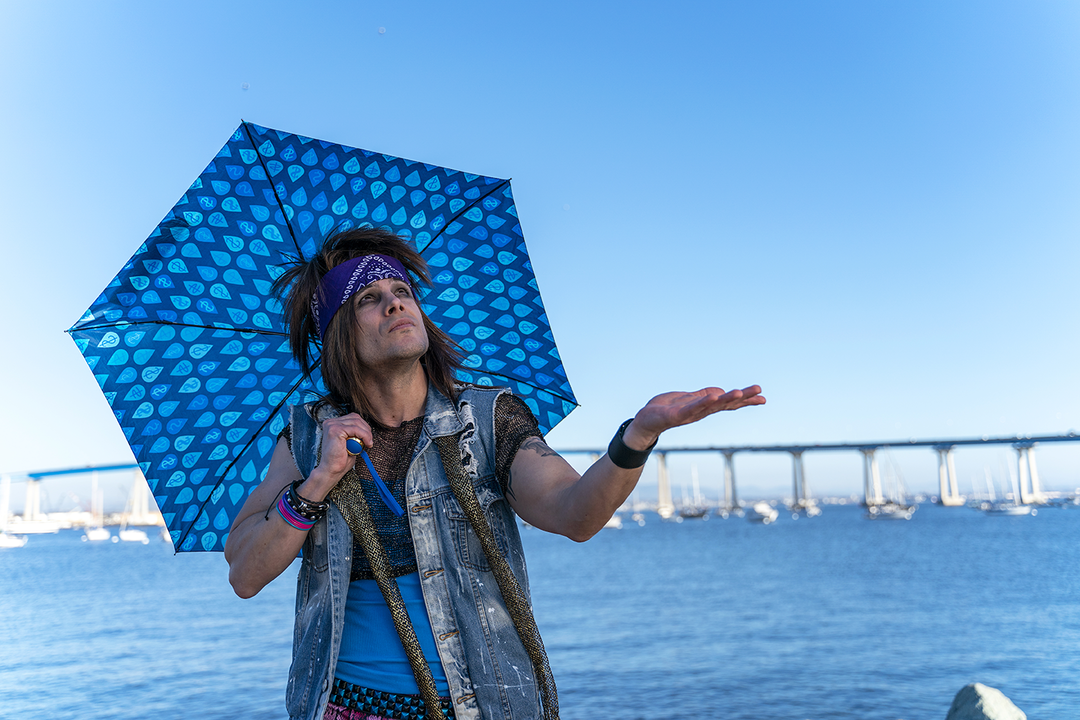Are You Ready for Rain?
Everything seems so fresh and clean after it rains, but that is because all of the blown away napkins, dropped trash, leaked oil, and whatever else - get washed into storm drains, and into the bay. Prevention is key! This rainy season, follow these tips to make sure you’re doing your part to keep your bay beautiful and healthy!
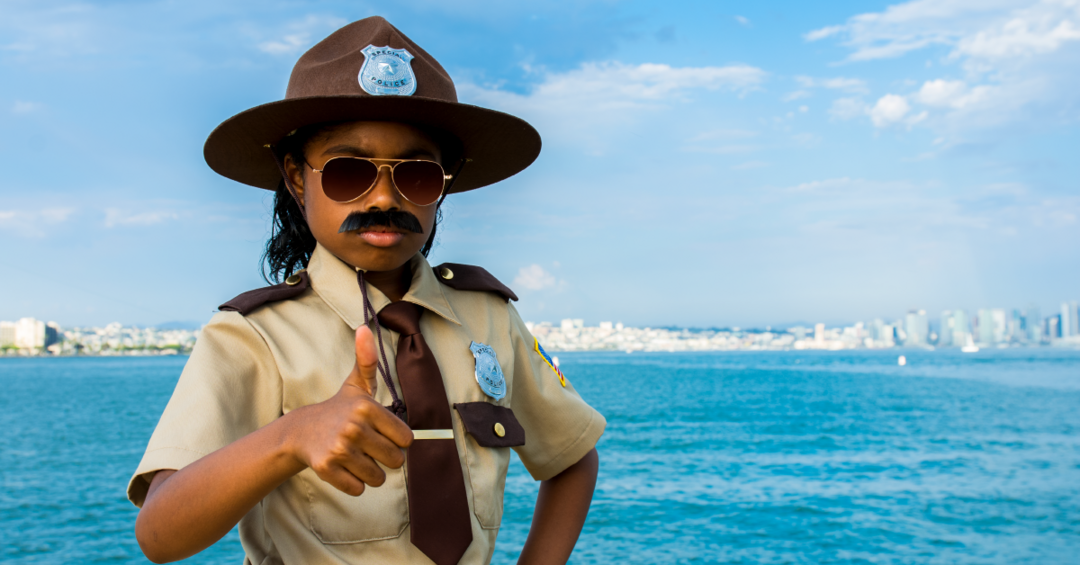
Keep a Lid On It
Not everything is meant to be shared with your bay! Top of the list? Garbage! So put it in the trash, and keep a lid on it! Really - a child can do it. Trash Trooper Trish is no relationship expert but she knows a thing or two about protecting your bay from flying debris, critters and maggots!
5 Reasons to keep lids on trash cans:
- Closed lids keep the wind out. Open trash cans allow the wind to blow trash into yards and streets, and eventually the bay and ocean.
- Closed lids keep the birds out. Open trash cans invite birds to eat garbage and contribute to littering, which isn’t good for them, and makes more of a mess with bird poop all around.
- Closed lids keep the animals out. Open trash cans invite rodents and other animals to eat garbage, from mice, to rats, to raccoons!
- Closed lids keep the flies out. Maggot infestations occur when a fly gets into rotting meat or other food and lays eggs. No one wants that!
- Closed lids keep the rain out. When the rain flows into our storm drains, we want it to just be pure rain - not bacteria infested trash rain that has been filtered through garbage cans!
Don’t Overwater your Lawn
Storm drains in San Diego lead right into the bay - and there’s no elaborate filtration system. Great for curbing floods during thunderstorm, sure … dangerous when the storm is a toxic concoction of pesticides, chemicals, fertilizers and other harmful products carried by overwatering!
Why is it important not to overwater your lawn?
- Seahorsies, sea turtles and fishies are not pests! But the pesticide we put on lawns gets washed away into the bay and hurts our sea creatures.
- Weedkiller is not meant for seaweed! And fertilizer is not meant for eelgrass! But lawn chemicals carry toxins that are washed into the bay and do serious damage.
- Overuse of chemicals and over-watering landscaping all contributes to this harmful process.
How you can help:
- Use native plants and xeriscaping which require less water and fertilizers.
- Practice environmentally friendly gardening by using safe, natural products and methods instead of harsh chemicals.
- Use only what you need when watering to ensure excess water does not wash away debris or chemicals into storm drains.
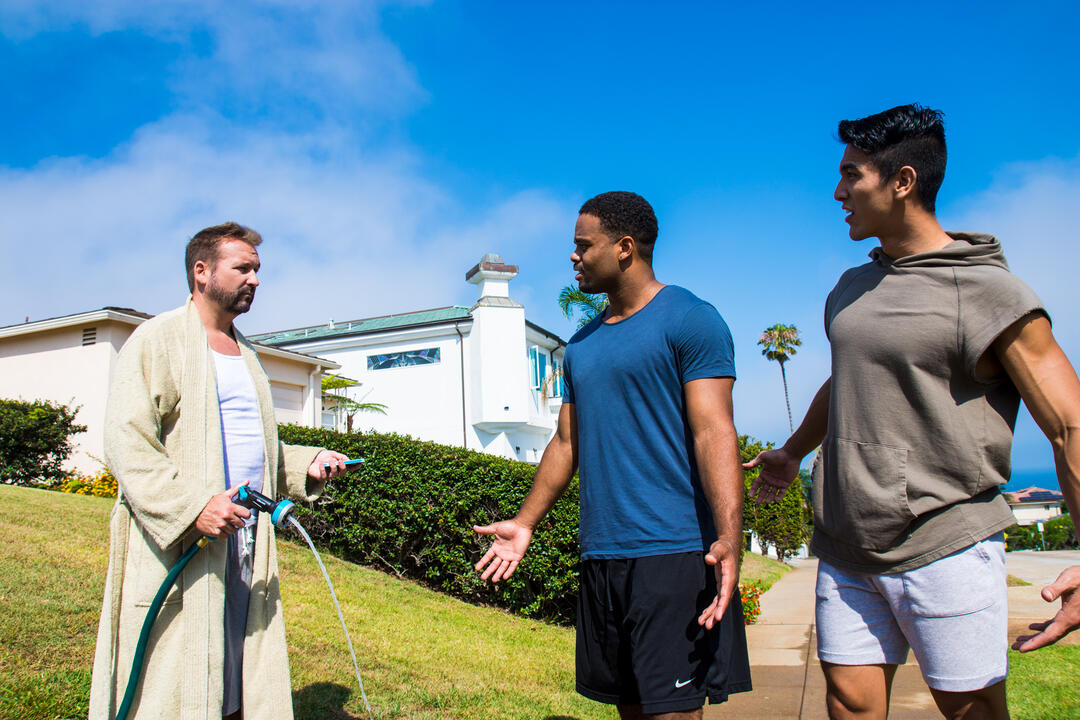
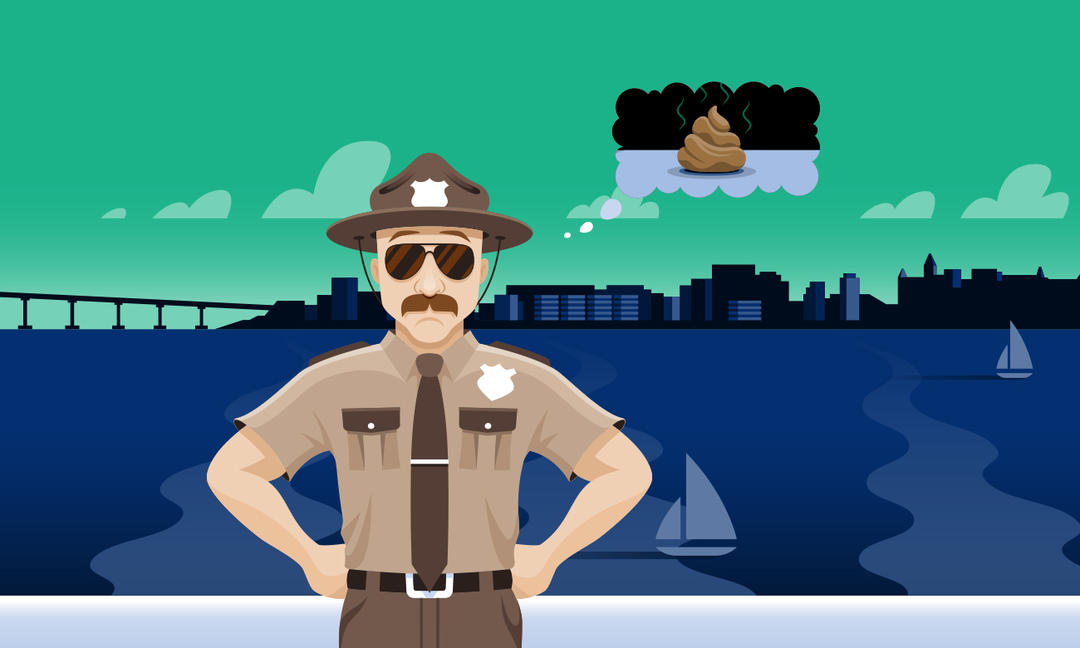
Scoop the Poop
Pet waste is a common stormwater pollutant that impacts our water quality and can introduce harmful bacteria into our ecosystem. Make sure to Scoop the Poop to keep San Diego Bay clean for us and the fishies! Pet waste is a common stormwater pollutant that impacts water quality.
- When not properly disposed of, pet waste can infiltrate watersheds, storm drains and eventually recreational waters.
- Pet waste is identified by the EPA as a nonpoint source of pollution; nonpoint pollution is pollution that comes from several sources and not one single source.
- Bacteria, parasites and viruses found in pet waste have the potential to make people sick.When water such as rain or lawn watering comes in contact with pet waste, the resulting runoff has been found to contain high concentrations of pathogens such as bacteria, parasites, and viruses.
- DYK: 1 gram of dog waste may contain approximately 23 million coliform bacteria
- Coliform bacteria is a type of indicator bacteria - when present it is often strongly correlated with other pathogens that can cause sickness and illness to people and wildlife.
Prep Before It Rains
Everything seems so fresh and clean after it rains, but that is because all of the blown away napkins, dropped trash, leaked oil, and whatever else - get washed into storm drains, and into the bay. Prevention is key!
- Make sure trash cans are covered with secure lids.
- Clear excess debris from lawns such as leaves and extra grass that can clog drains.
- Soak-up driveway oil leaks with kitty litter, then sweep into a bag and dispose of properly. Click here for County of San Diego Household Hazardous Waste Information Contact List
- Use environmentally friendly pesticides, herbicides and fertilizers to reduce the pollutants getting washed away.
All drains are not created equal. Know your drains!
- Sewer drains - Household wastewater from sinks, showers and toilets drains into sewer pipes, where it travels to wastewater treatment plants, and only after it is treated does it discharge several miles in the ocean
- Storm drains - Urban runoff drains from curbs and gutters into catch basins, where it travels to storm drains and then drains directly into creeks, rivers, bays and oceans – UNTREATED.
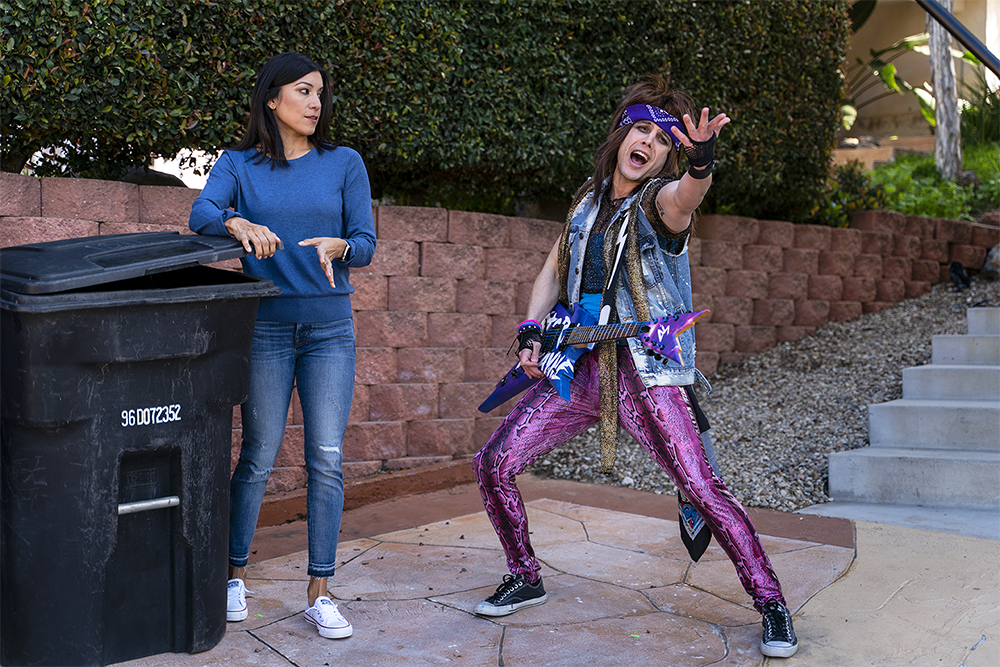
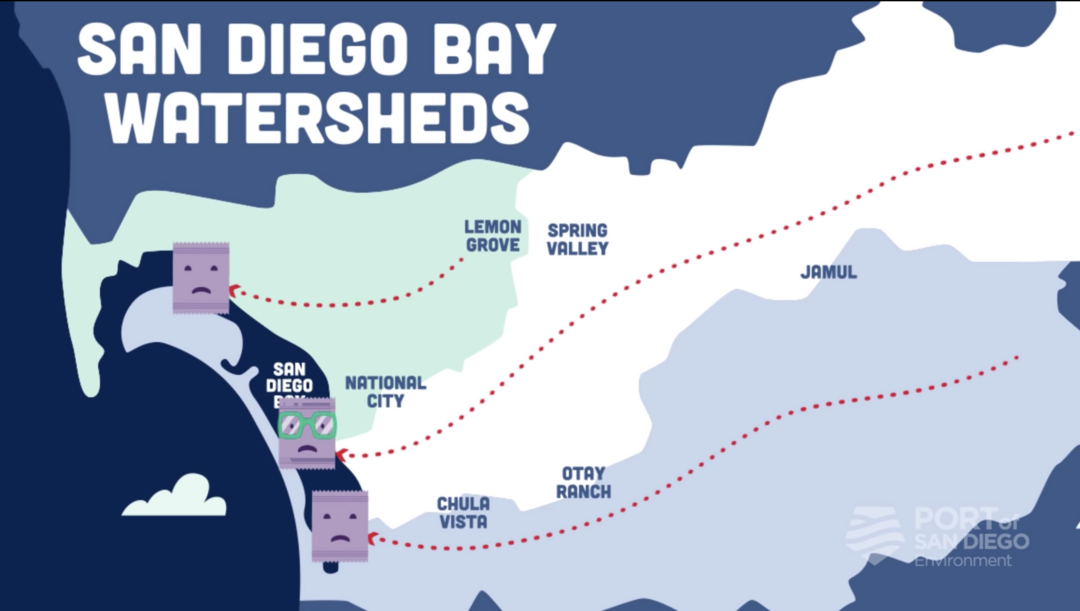
Shed a light on Watersheds
Did you know that San Diego has three watersheds? A watershed is a drainage basin where all precipitation drains into a common waterbody. The watershed extends all the way east into the Laguna Mountains – meaning trash that is left outside anywhere between there and here, could end up in the Bay!
More Watershed facts:
- The San Diego Bay Watershed Management Area consists of three smaller watersheds (called Hydrologic Units): Pueblo, Sweetwater and Otay – all three of which drain to San Diego Bay. Click to view the san diego watershed map
- The San Diego Bay Watersheds encompass 440 square miles
- It is the largest watershed housed entirely within the county
- Over one million people live in the San Diego Bay watersheds
- Seven different cities, along with multiple regional and state authorities collaborate to keep our watershed clean
More ways to take care of your bay:
We know you love your bay, you own it, you want to take care of it, it’s your number one priority; you are ready to change your relationship status to make it official. Okay, maybe that’s a bit much, but we all love San Diego Bay and want to be sure it stays the pristine natural resource it is for generations to come. When you visit, we want you to say to yourself, #ThatsMyBay! And sometimes, it just takes a simple reminder not to take your bay for granted. So the Port of San Diego is here with helpful tips and suggestions on how we can all do our part to keep our bay looking classy, not trashy!
